Volunteers are the heart of Rally's mission!
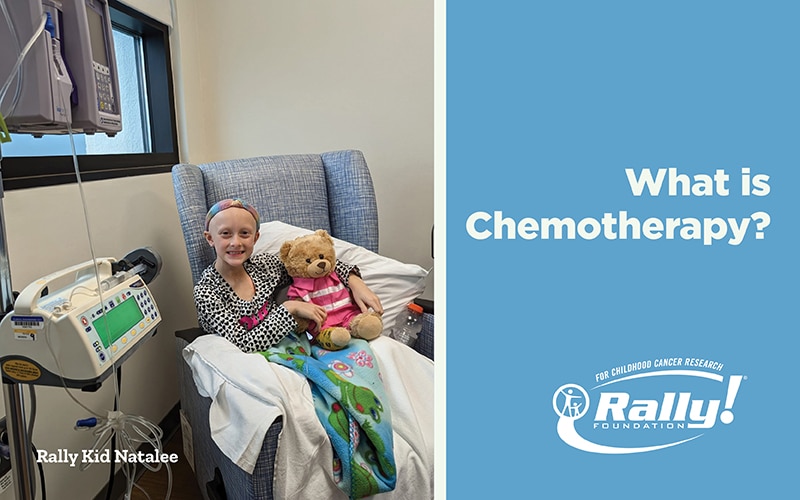
You just found out that your child has cancer. And that chemotherapy is part of the treatment plan. Most everyone has heard of...
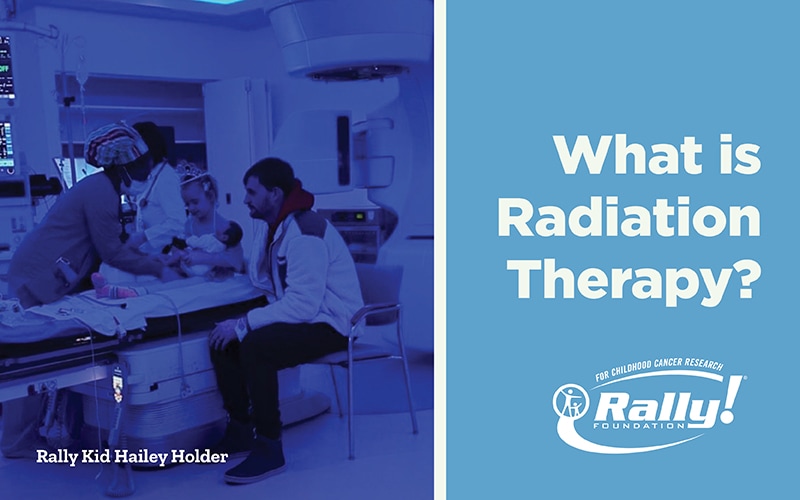
Radiation therapy is targeted energy used to destroy cancer cells, shrink tumors and/or alleviate certain cancer-related symptoms....
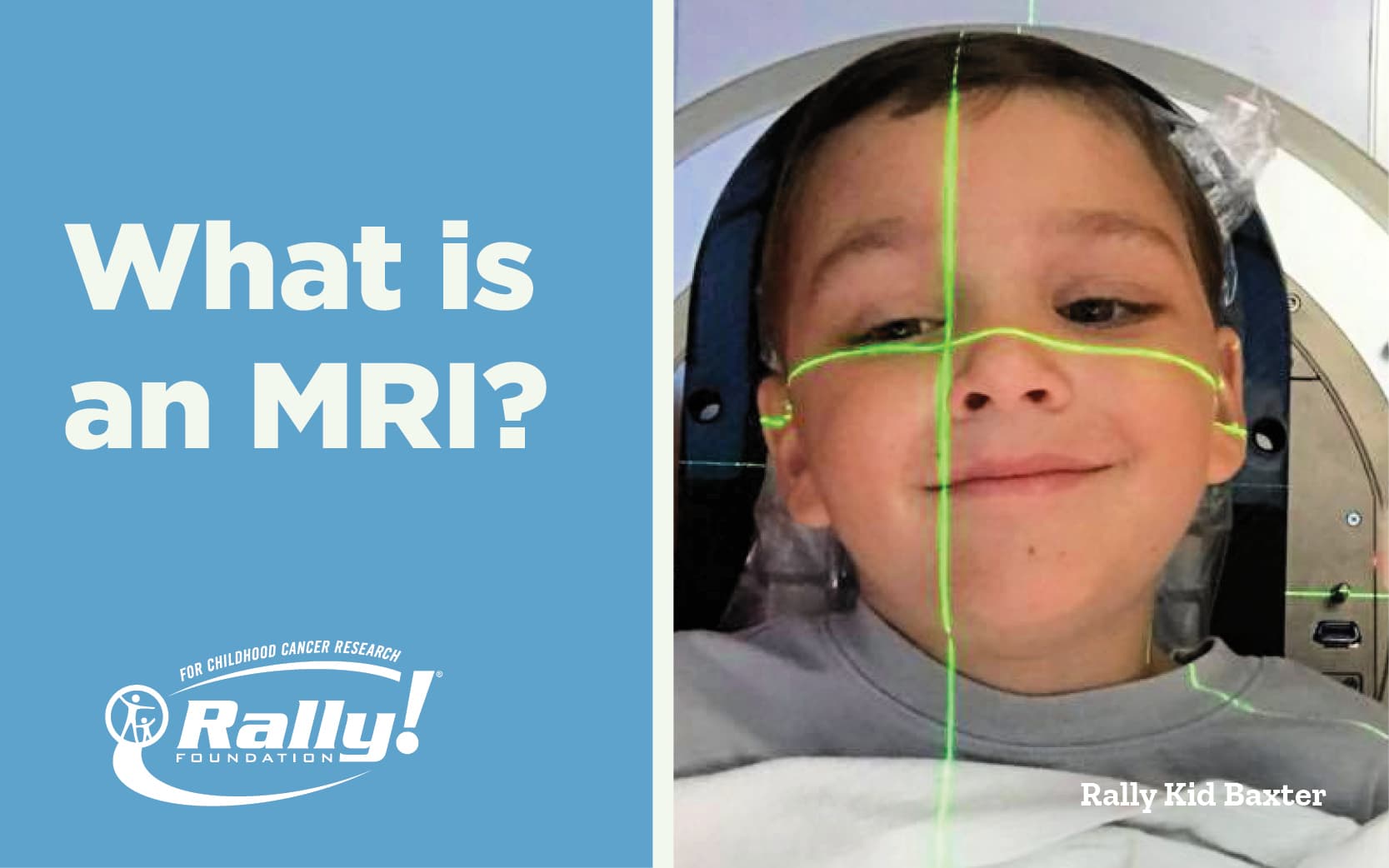
MRI stands for Magnetic Resonance Imaging. Having an MRI does not hurt, and it is safe – no radioactivity is present. It may take up to...
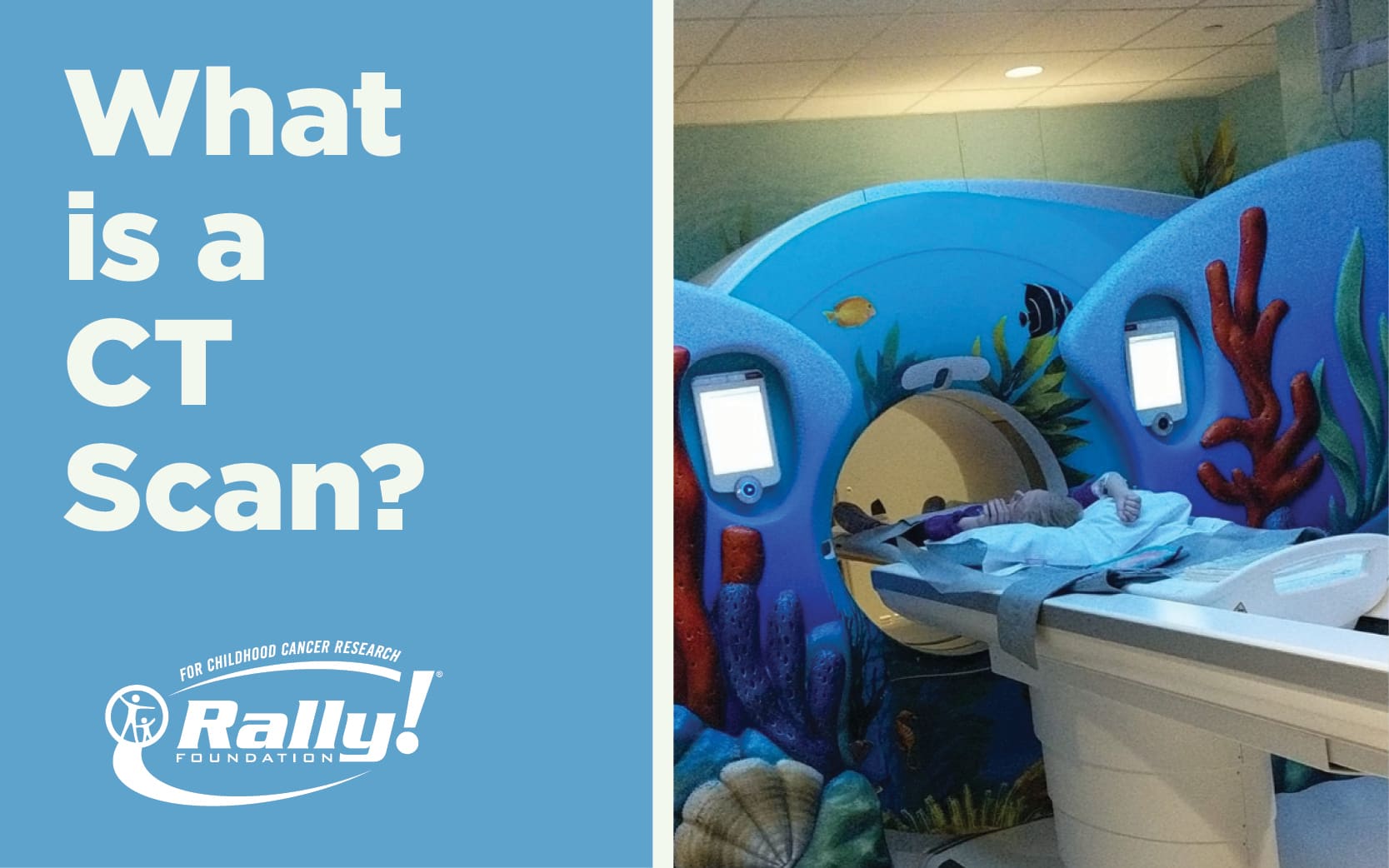
A CT (or CAT) scan is a diagnostic medical imaging procedure that creates three-dimensional images of internal organs, soft tissues, blood...
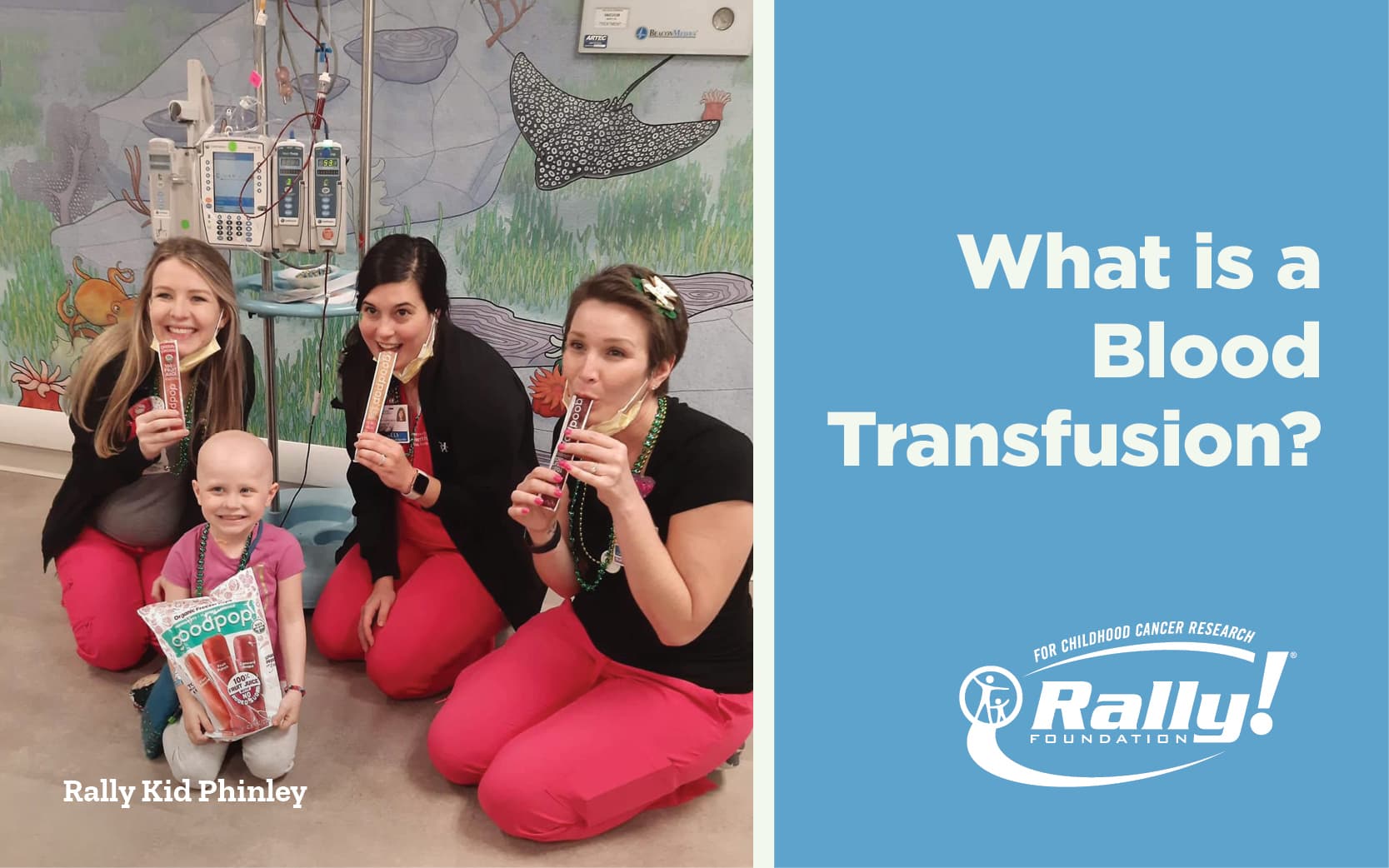
A blood transfusion is a routine medical procedure to transfer blood (or a specific component of blood) from one person to another. Blood...

When you are in the market for a new refrigerator, you ask your neighbors and friends for recommendations, and maybe even consult Consumer...
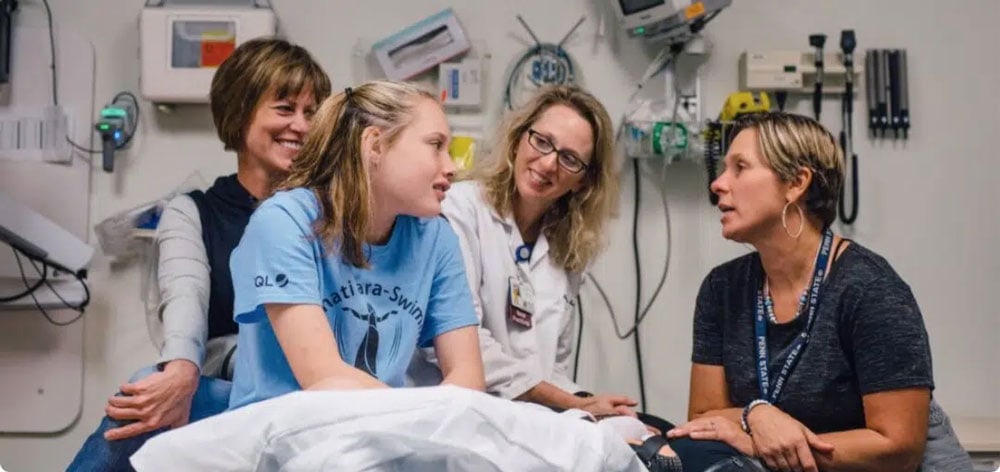
OSI Connect is a free, easy-to-use, invaluable resource for those diagnosed with osteosarcoma Osteosarcoma is a difficult and frightening...
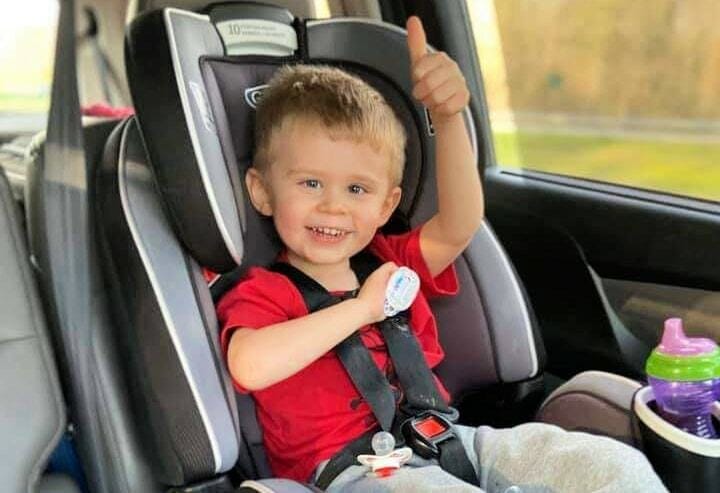
Rally Kid Tyson (Image Above), brain cancer (2016-2020)Tyson was just two and a half years old when he was diagnosed with DIPG You Are Not...
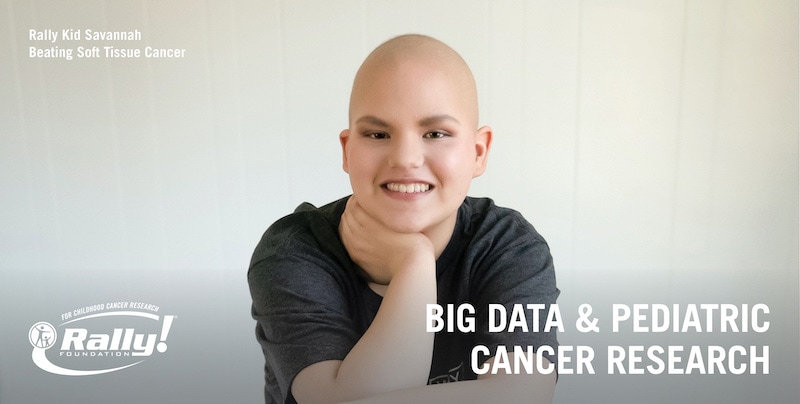
After being born and living in Turkey my whole life, I came to the US for college to study biological sciences at the University of...
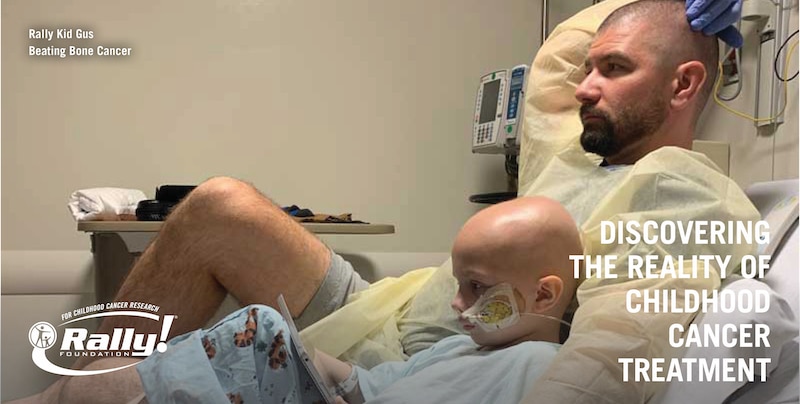
On our diagnosis day, we were told that our four-year-old Gus had Ewing Sarcoma. What doctors didn’t know was the particular type or...

Hey Mom and Dad, Let’s chat, Cancer Parent to Cancer Parent, about seeking a second opinion. I’ll be the first to admit I was very nervous when seeking a second opinion. I did not want my child’s team to feel insulted or think that I didn’t trust them. We LOVE our team, and we know beyond a shadow of a doubt that they love our daughter. And guess what? After receiving the second opinion, the first thing our primary doctor said was “Never feel bad about seeking a second opinion.” In the...
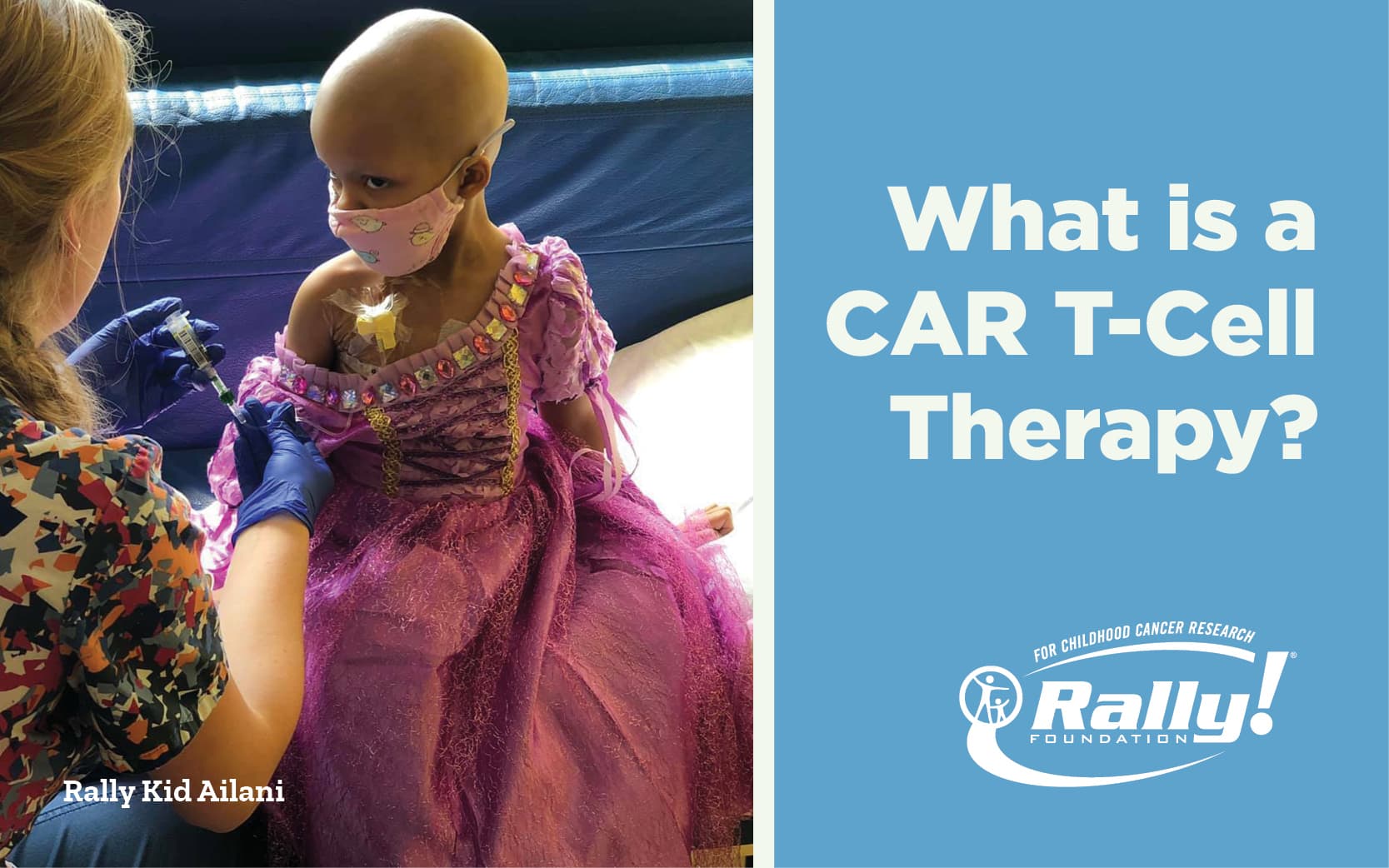
You may have heard of CAR T-cell therapy, also called CAR T, but what is it? It is an immunotherapy treatment that uses your child’s own immune cells, specifically the T-cells, to fight specific blood cancers. CAR-T can be a frontline treatment or an option if one or more treatments did not work, meaning the cancer is resistant to treatment, or if the cancer returned. Medical professionals do a blood draw to collect your child’s T-cells, a type of white blood cell. Then the T-cells are sent to...
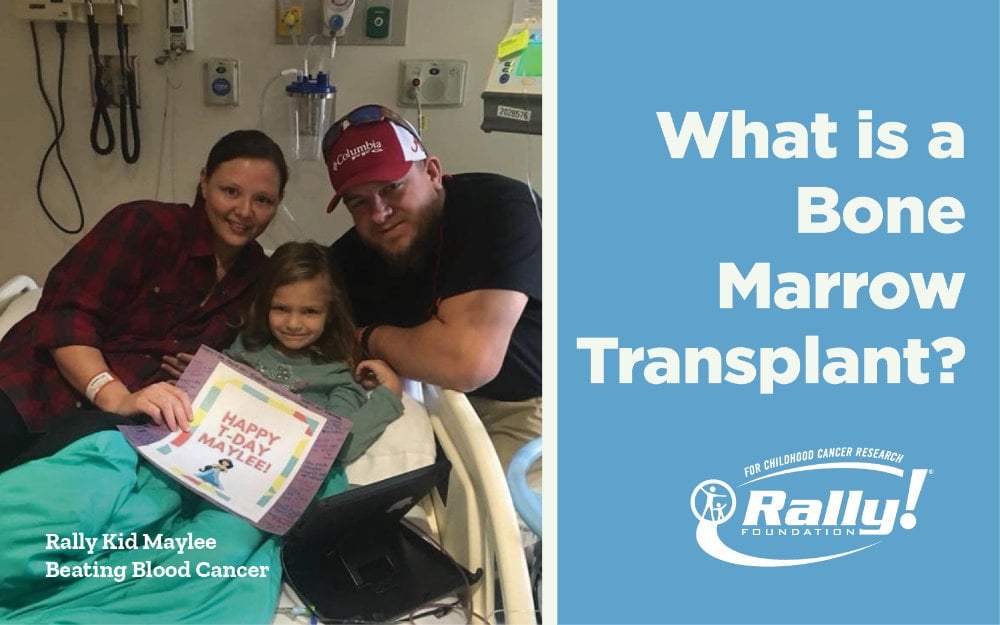
You just learned that your child has to have a bone marrow transplant. It sounds ominous. You have a lot of questions. Like, what exactly is bone marrow and what is a bone marrow transplant? Bone marrow is the soft, fatty tissue inside your bones. It creates red and white blood cells, as well as platelets. In addition, bone marrow contains immature blood-forming cells known as hematopoietic stem cells, or HSCs. These stem cells are unspecialized, and they can either remain stem cells or mature...
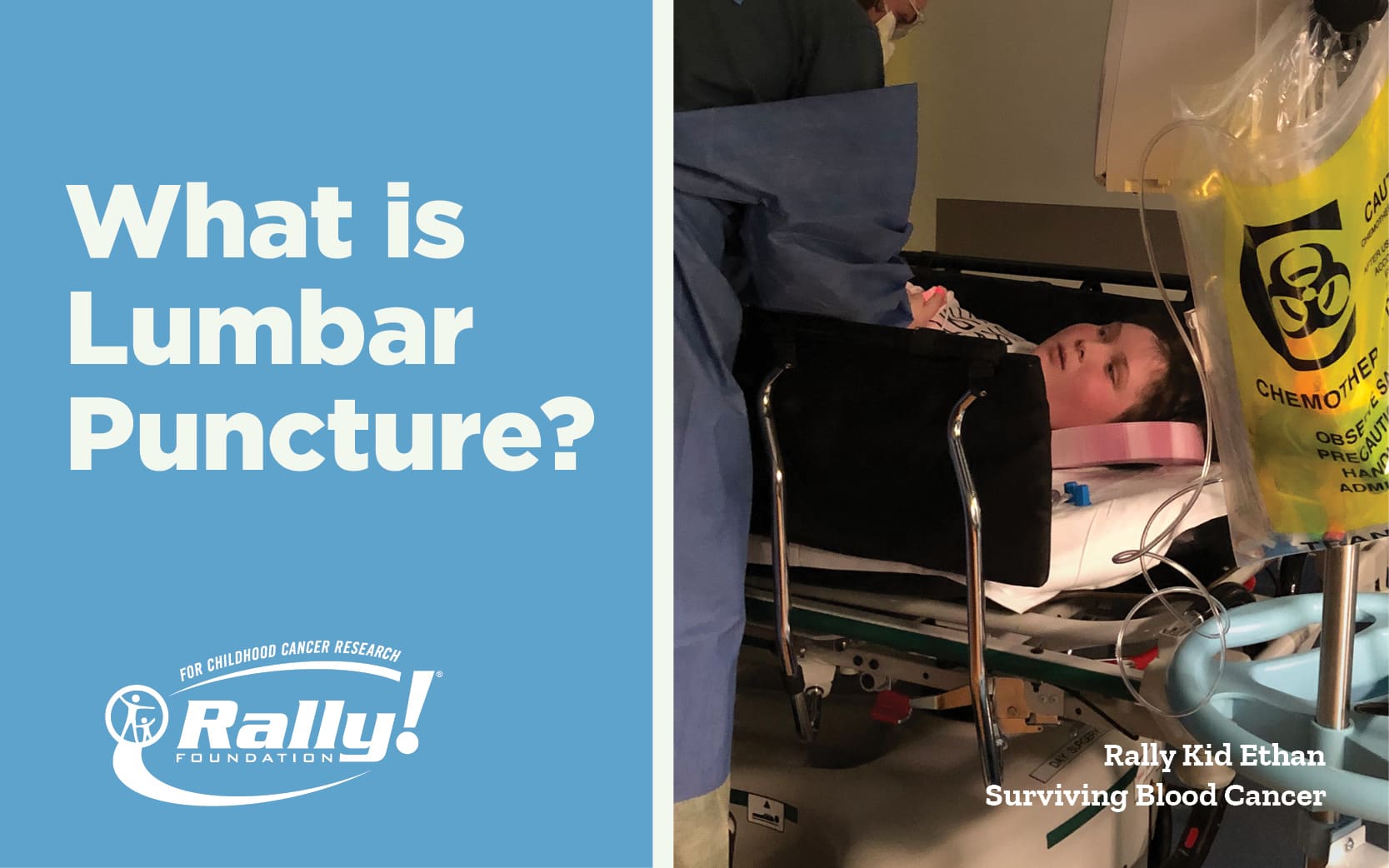
It’s scary enough to have your child diagnosed with cancer. But on top of that you hear all these new words and terms, which can be overwhelming, such as lumbar puncture or spinal tap. A lumbar procedure is the same thing as a spinal tap. It is a commonly performed procedure to diagnose and manage a variety of diseases including cancer. It is an invasive procedure used to collect the cerebral fluid that surrounds the brain and the spinal cord. A lumbar puncture/spinal tap may also be done to...

You just found out that your child has cancer. And that chemotherapy is part of the treatment plan. Most everyone has heard of chemotherapy. But what is it really? Chemotherapy is any drug used to stop the growth of cancer cells. Chemotherapy is designed to either kill cells or stop them from dividing. Is there just one chemotherapy? There are many different types of chemotherapy because different chemotherapies treat different types of cancer. Sometimes your child may receive several...

Radiation therapy is targeted energy used to destroy cancer cells, shrink tumors and/or alleviate certain cancer-related symptoms. Radiation therapy uses high-energy X-rays and other forms of radiation therapy to damage the DNA in cancer cells, killing them or depriving them of their ability to grow or divide. Radiation can be used in several ways: Primary treatment to destroy cancer cells In combination with other treatments to stop the growth of cancer cells Before another treatment to...